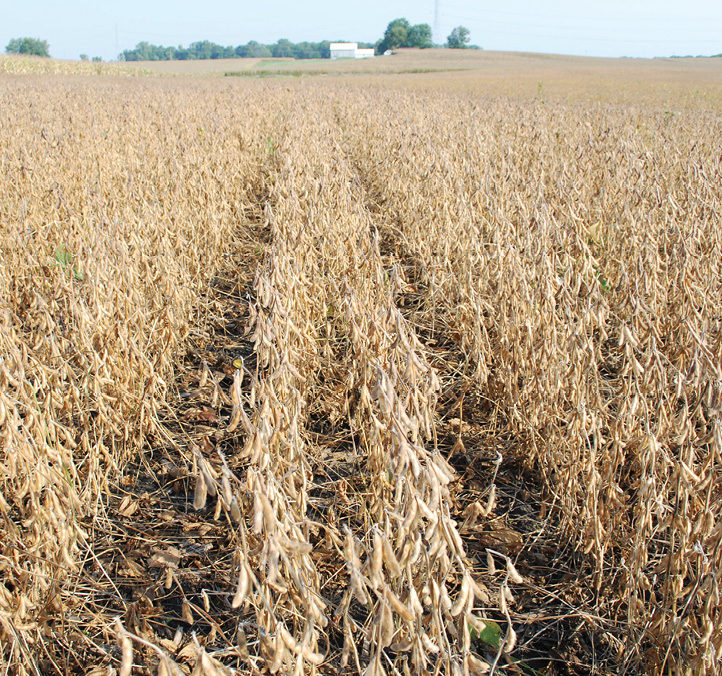No-Till Farmer
Get full access NOW to the most comprehensive, powerful and easy-to-use online resource for no-tillage practices. Just one good idea will pay for your subscription hundreds of times over.

As soybean prices came off highs of $14 per bushel last summer to trade in the $8 to $9 range, raising a profitable no-till soybean crop for 2009 got a little more difficult.
Glyphosate prices could slide lower in 2009 after doubling in 2008, but higher seed prices are on tap — particularly for the new Roundup Ready 2 Yield soybean varieties entering the marketplace. No-tillers are looking more closely than ever at ways they can trim costs without hurting yields and profitability.
Recently, University of Kentucky grain crops specialists Chad Lee and Jim Herbek reported that a final stand of 100,000 plants per acre in full-season soybeans is enough to provide maximum yields.1 The big unknown, of course, is what your seeding rate will need to be to achieve those stands.
For example, if you expect 95% seed germination, your seeding populations must be adjusted upward to 105,263. And, even if you are planting in excellent conditions, you can assume a minimal stand loss of 5%, raising your seeding rate to 110,803. But, if you plant into poor conditions, stand losses could be as high as 30%, which would raise your seeding rate to 150,376.
“Your challenge is to determine what kind of stand loss you expect in fields,” Lee says. “If you’re planting into fields that have a history of crusting or staying wet in the spring, or you’re planting into cool soil conditions, you may want to assume a higher stand loss. If you’re planting into fields…